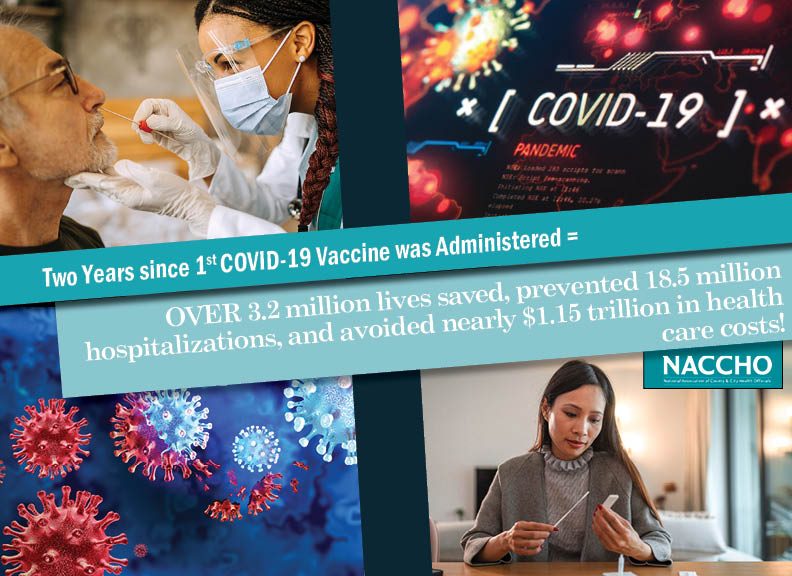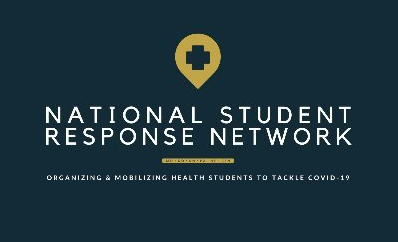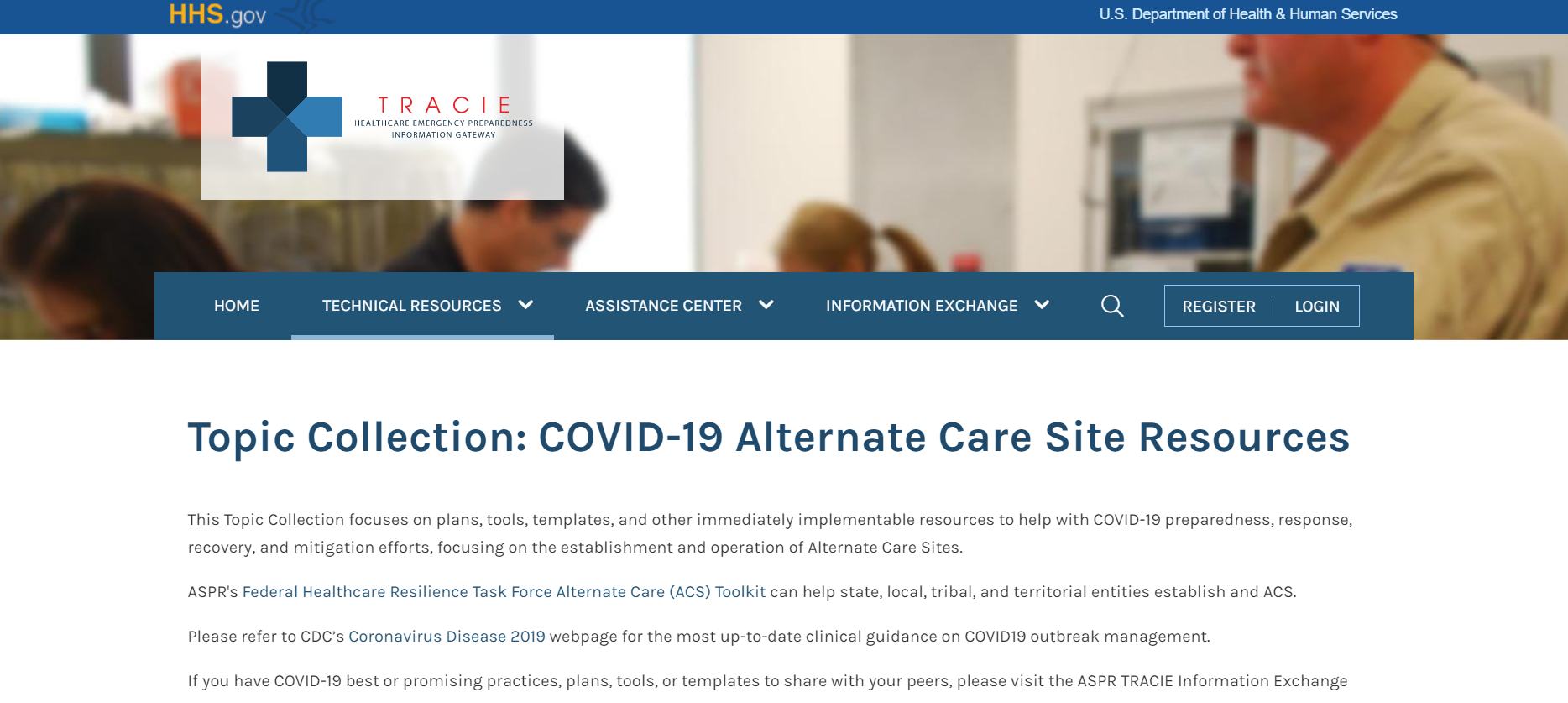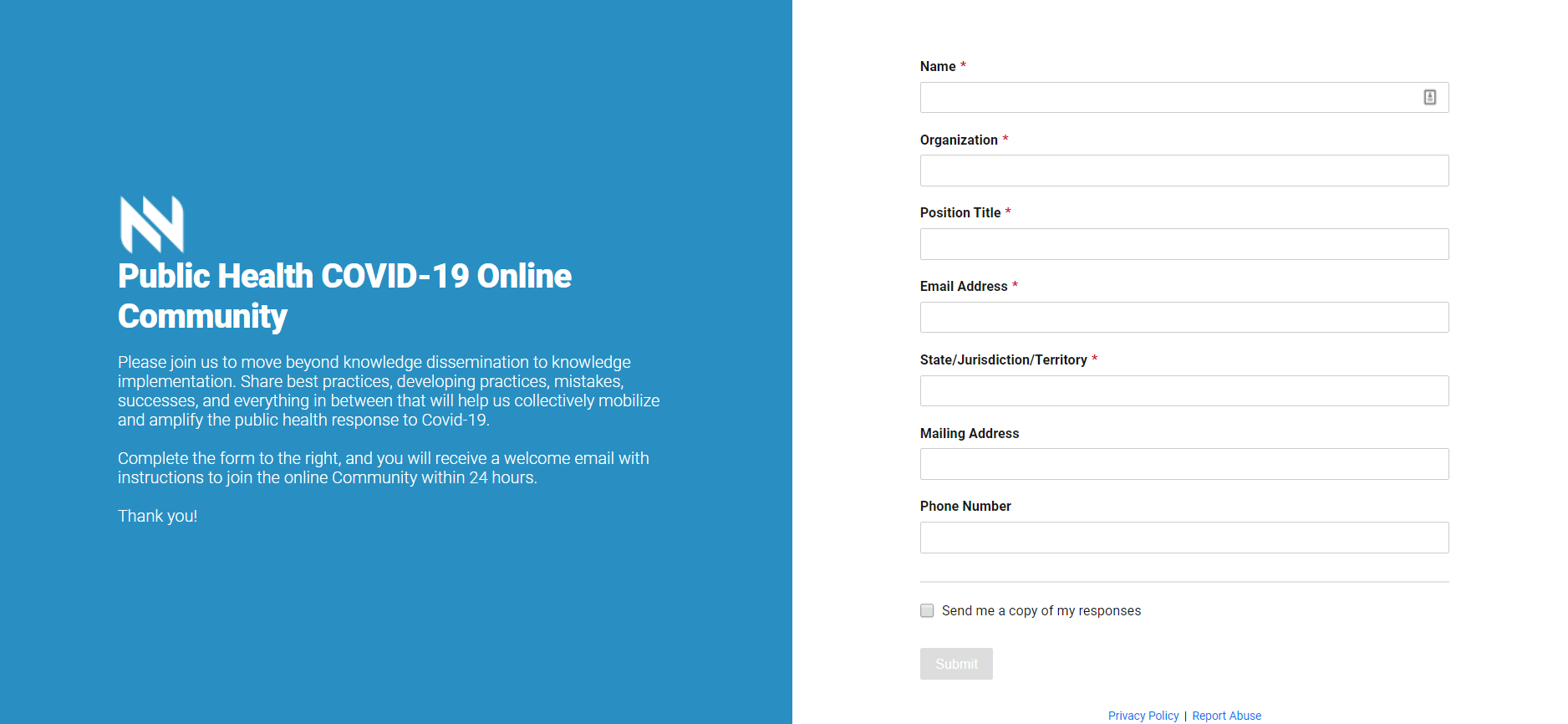Popular Categories
New Legal Precedent for Inclusive Planning, Preparedness, and Response
Late last week, the United States District Court, Southern District of New York handed down a ruling on the Brooklyn Center for...
Nov 12, 2013 | Andy Roszak
Flu-Associated Pediatric Deaths: Findings from a Recent Study
A recent Centers for Disease Control and Prevention (CDC) study published in Pediatrics, “Influenza-Associated Pediatrics Deaths in...
Nov 11, 2013 | Sara Rubin
Budget Cuts Reduce Pandemic Influenza Planning and Response Capacity
Since 2007, continued funding cuts have been impacting pandemic influenza planning and response in local health departments (LHDs)....
Oct 30, 2013 | Sara Rubin
Risks of Cyber Attacks on the Healthcare Sector Leave Public Health of Communities...
In December 2011, a hospital in Georgia was forced to divert all non-emergency admissions to other medical centers, after a malware...
Oct 24, 2013 | Justin Snair
This Emergency Will Be Tweeted: What Local Health Departments Need to Know About...
With nearly three out of four American adults using social networking sites, first-hand reports on social media during unfolding...
Oct 17, 2013 | Frances Bevington
NACCHO Staff Mark National Preparedness Month 2013
To mark National Preparedness Month 2013, members of NACCHO’s staff organized and participated in two activities to enhance their...
Oct 01, 2013 | Admin
Medical Reserve Corps Units Help Their Communities Get Ready during National...
Today is Get Ready Day, which reminds Americans to prepare themselves, their families, and their communities for all disasters and...
Sep 17, 2013 | Admin
Investing in Public Health Preparedness: Moving Beyond Our Reactionary Funding Cycle
Twelve years ago today, the United States experienced the worst terrorist attack on our soil, which since has shaped the ebb and flow...
Sep 11, 2013 | Jack Herrmann
Integrating Extreme Weather Events into Preparedness Planning
Authors: Resham Patel, MPH, Senior Program Analyst and Stacy Hosler, MSPH, Program Analyst; Public Health Preparedness, NACCHO In 2011...
Sep 08, 2013 | Resham Patel
New Legal Precedent for Inclusive Planning, Preparedness, and ResponseLate last week, the United States District Court, Southern District of New York handed down a ruling on the Brooklyn Center for Independence of the Disabled v. The City of New York, a class action lawsuit brought on behalf of all persons with disabilities. The suit charged that the New York City Emergency Preparedness Program failed […] Nov 12, 2013 | Andy Roszak |
Flu-Associated Pediatric Deaths: Findings from a Recent StudyA recent Centers for Disease Control and Prevention (CDC) study published in Pediatrics, “Influenza-Associated Pediatrics Deaths in the United States, 2004-2012” affirms the critical and life-saving role flu vaccine can play in protecting all children during flu season. This study broadens the body of knowledge around influenza-associated pediatric deaths (for children with and without high-risk... Nov 11, 2013 | Sara Rubin |
Budget Cuts Reduce Pandemic Influenza Planning and Response CapacitySince 2007, continued funding cuts have been impacting pandemic influenza planning and response in local health departments (LHDs). Sequestration, the automatic federal spending cuts that took place in March 2013, caused further strain on these programs. With another round of sequestration cuts set to take place in January 2014, LHDs may be forced to reduce or eliminate programs that would plan... Oct 30, 2013 | Sara Rubin |
Risks of Cyber Attacks on the Healthcare Sector Leave Public Health of Communities VulnerableIn December 2011, a hospital in Georgia was forced to divert all non-emergency admissions to other medical centers, after a malware infection downed the institution’s IT network and required staff to use paper records. The attack affected computer connectivity, as hospital computers could not communicate with each other. The hospital was forced to use a runner system, where papers were shuttled... Oct 24, 2013 | Justin Snair |
This Emergency Will Be Tweeted: What Local Health Departments Need to Know About Social MediaWith nearly three out of four American adults using social networking sites, first-hand reports on social media during unfolding situations present many opportunities for those in the fields of local public health and emergency response. However, local health departments have a long way to go with adoption of social media, with only 8 percent using Twitter and 24 percent using Facebook. Oct 17, 2013 | Frances Bevington |
NACCHO Staff Mark National Preparedness Month 2013To mark National Preparedness Month 2013, members of NACCHO’s staff organized and participated in two activities to enhance their understanding of preparedness. Staff conducted the Center for Disease Control and Prevention’s (CDC’s) zombie preparedness simulation and a screening and discussion of the plausibility of the response in the film, Contagion. Oct 01, 2013 | Admin |
Medical Reserve Corps Units Help Their Communities Get Ready during National Preparedness MonthToday is Get Ready Day, which reminds Americans to prepare themselves, their families, and their communities for all disasters and hazards, including pandemic flu, infectious disease, natural disasters, and other emergencies. While it is important to take the time today to prepare for a disaster or emergency, Americans should be prepared all year for any unforeseen event. Sep 17, 2013 | Admin |
Investing in Public Health Preparedness: Moving Beyond Our Reactionary Funding CycleTwelve years ago today, the United States experienced the worst terrorist attack on our soil, which since has shaped the ebb and flow of public health preparedness policy and funding. Catastrophic events such as 9/11, Hurricane Katrina, and the H1N1 influenza outbreak led to an infusion of federal funding to state and local governments that soon dried up after each response ended. Sep 11, 2013 | Jack Herrmann |
Integrating Extreme Weather Events into Preparedness PlanningAuthors: Resham Patel, MPH, Senior Program Analyst and Stacy Hosler, MSPH, Program Analyst; Public Health Preparedness, NACCHO In 2011 and 2012, the United States experienced 25 extreme weather events—storms, floods, droughts, heat waves, and wildfires—that each caused at least $1 billion in damages.[1] These events resulted in a total price tag of over $174 billion […] Sep 08, 2013 | Resham Patel |
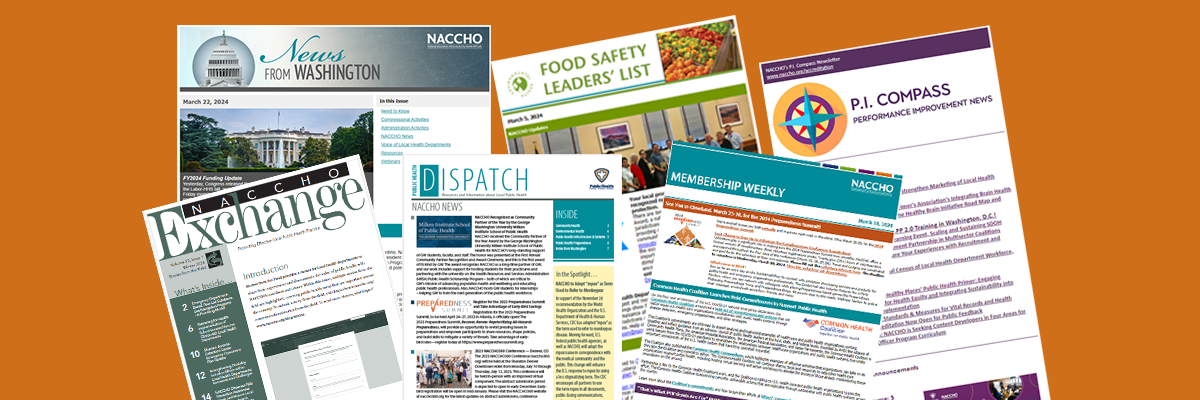
Subscribe Today
Sign Up for the E-mail Digests
Create an account or login to MyNACCHO and go to "My Subscriptions."
SUBSCRIBE NOW